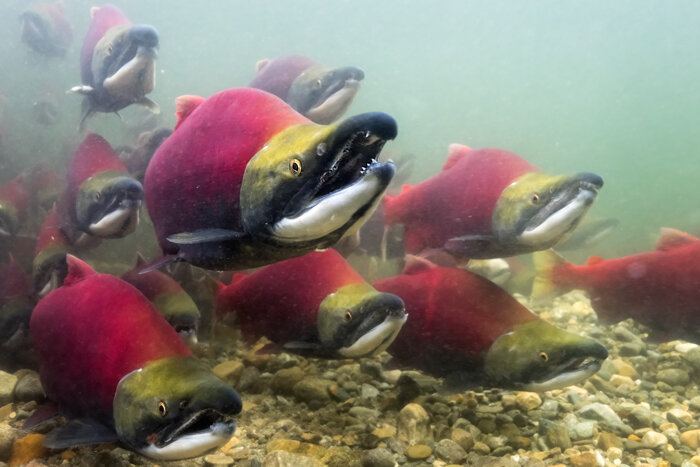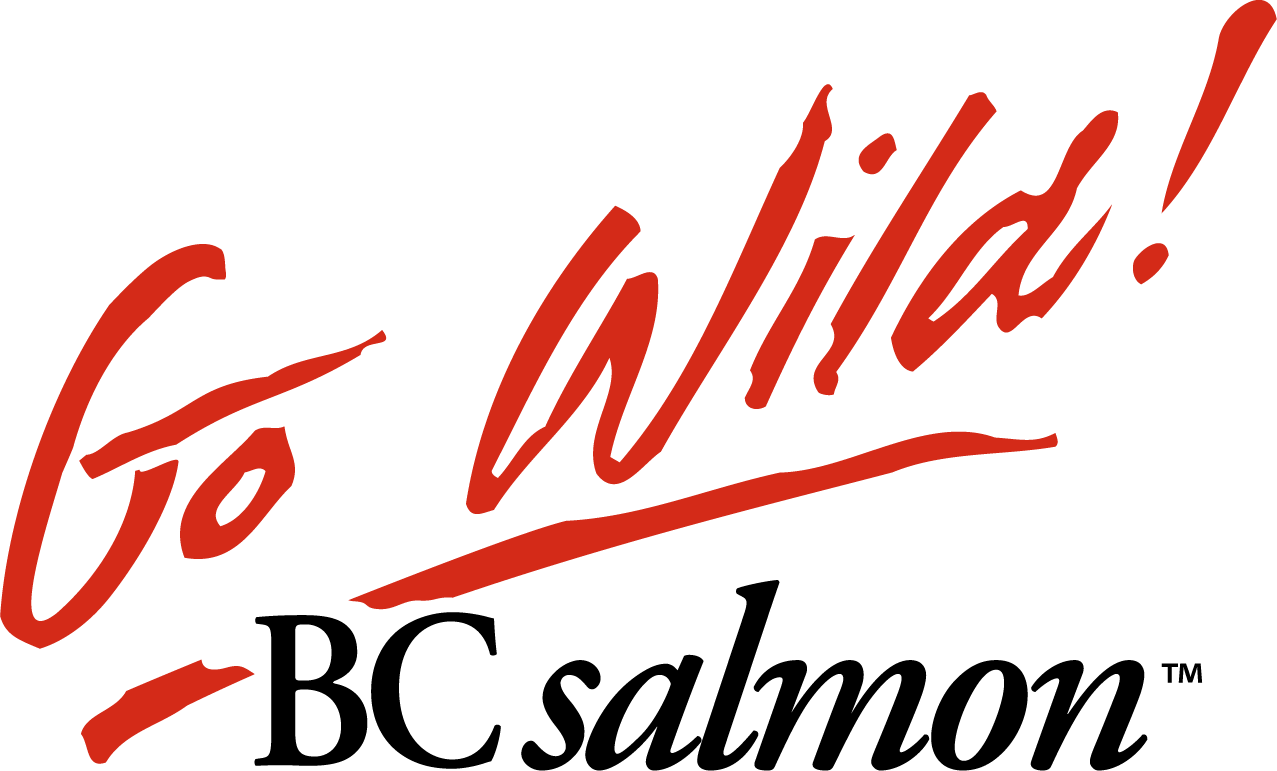
Biology & Lifecycle
All salmon species of wild BC salmon begin their lives in either freshwater streams, rivers or lakes.
MIGRATION
As anadromous species, they then spend most of their life in the ocean and complete their life cycle by migrating up fresh water rivers back to their natal stream to spawn. In many cases, they return to the exact gravel bed where they were hatched.
How do salmon find their way back to the stream of their birth? It’s still a mystery, but it is thought they rely on a combination of genetic coding, celestial navigation, electromagnetic current, and a strong sense of smell.
The ritual of returning to their natal stream is an important characteristic of wild BC salmon stocks. (A biological fish stock is a group of fish of the same species that live in the same geographic area and mix enough to breed with each other when mature.) Each stock is genetically adapted to the environment in which it resides, and exhibits unique characteristics such as life history, migration route, migration timing, and productivity.
It is also important to note that the numbers of salmon that return to BC waters to spawn varies greatly from year to year and even decade to decade, with pronounced population cycles. (a group of interbreeding organisms that is relatively isolated (i.e. demographically uncoupled) from other such groups and is likely adapted to the local habitat.) For example, many sockeye salmon populations are very abundant every third or fourth year. This is most dramatically evident in the Fraser River where the quantity of some populations in abundant years is many times larger than that of other years. Longer term cycles also exist on occasion and seem to be linked to changes in ocean conditions that affect survival during the feeding migration.
LIFE-CYCLE
The life-cycle of wild BC salmon starts when mature spawning females scoop out a hollow, called a redd, in the gravel of the streambed and deposit on average between 2,500 and 3,000 eggs. Their eggs are immediately fertilized by the male salmon and then covered over with gravel by the female. This incubates the eggs over the winter. When the salmon first hatch from the eggs they are still under the gravel, and they are called alevins. By the spring, the alevins have grown into fry at which point they resemble miniature salmon. These fry develop into smolts which then migrate to the ocean where they grow into adults (sea run).
Each of the five species has a different life cycle ranging anywhere from two to six or seven years. As smolts they migrate downriver to the cold open waters of the Pacific Ocean to grow and mature, often travelling thousands of kilometers. Here they feed on a rich seafood diet of plankton, crab, shrimp and even small fish such as herring. It is the variances in the diet of the species that actually help determine the flesh colour of each species.
When the adult salmon are ready to spawn, they miraculously return to the very river or stream of their birth. During the last leg of their journey home, they cease feeding and live off their stored fat. Their bodies change colour and shape during this time, and once their eggs are laid and fertilized, their cycle is complete and the salmon die.


